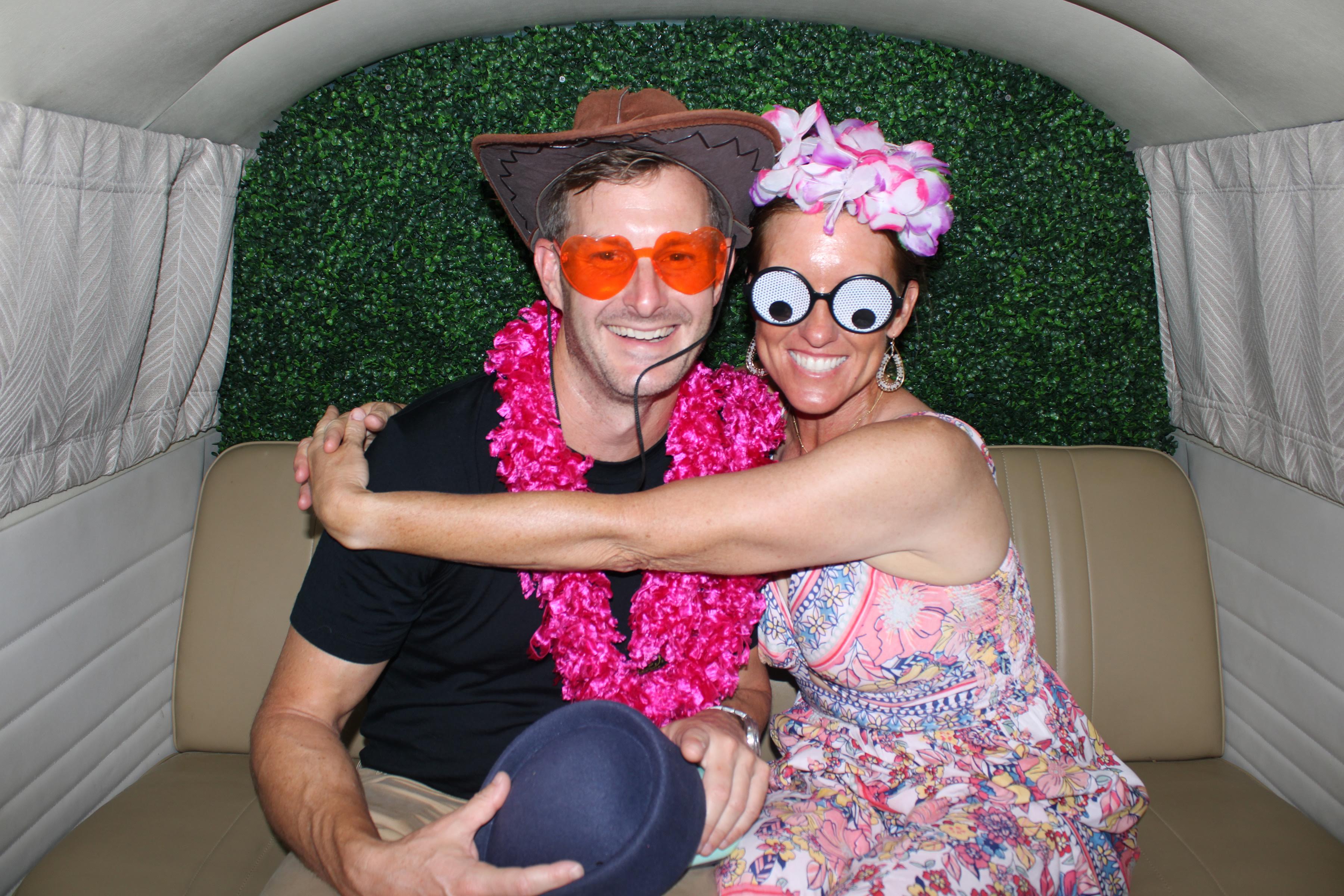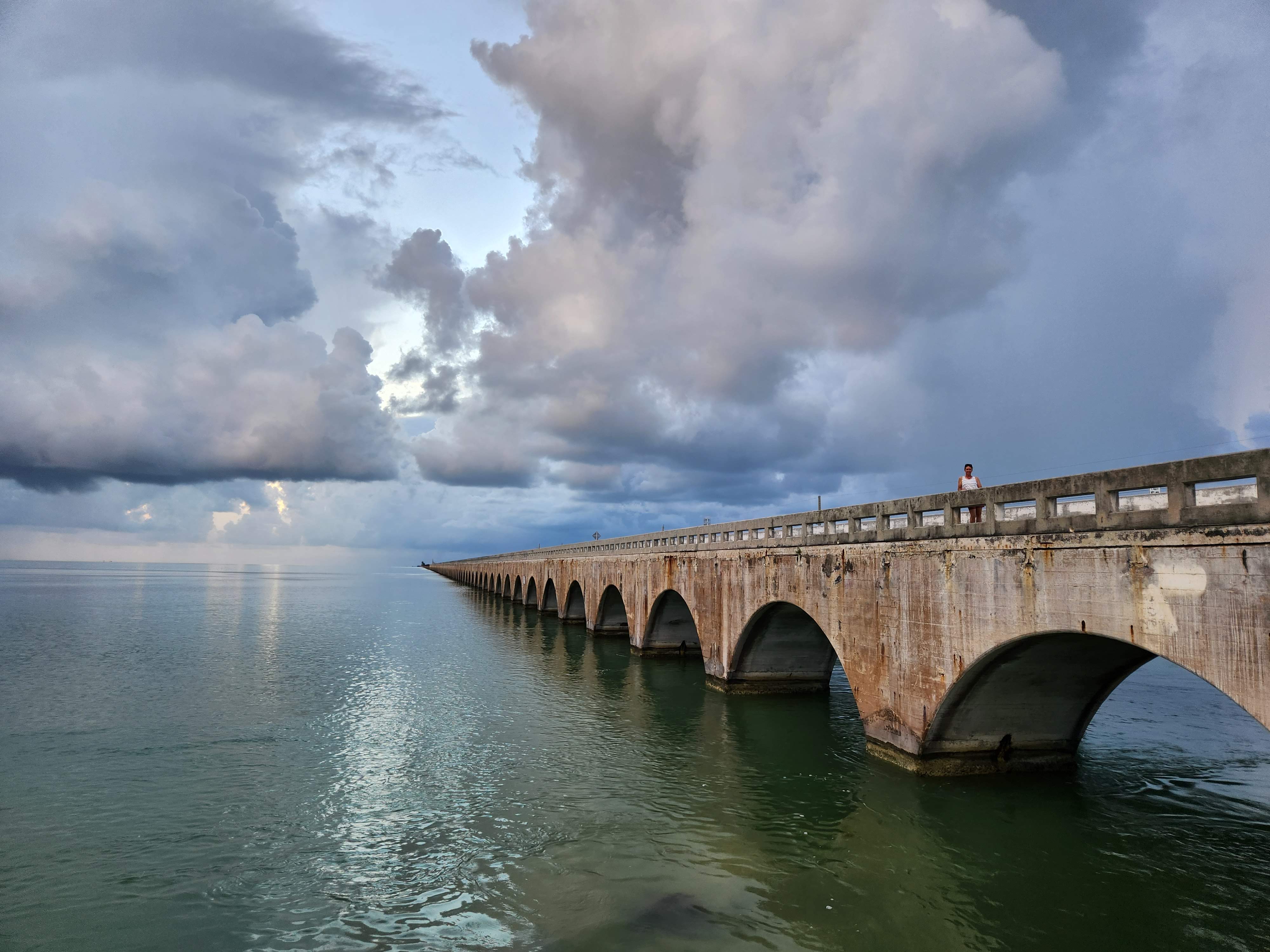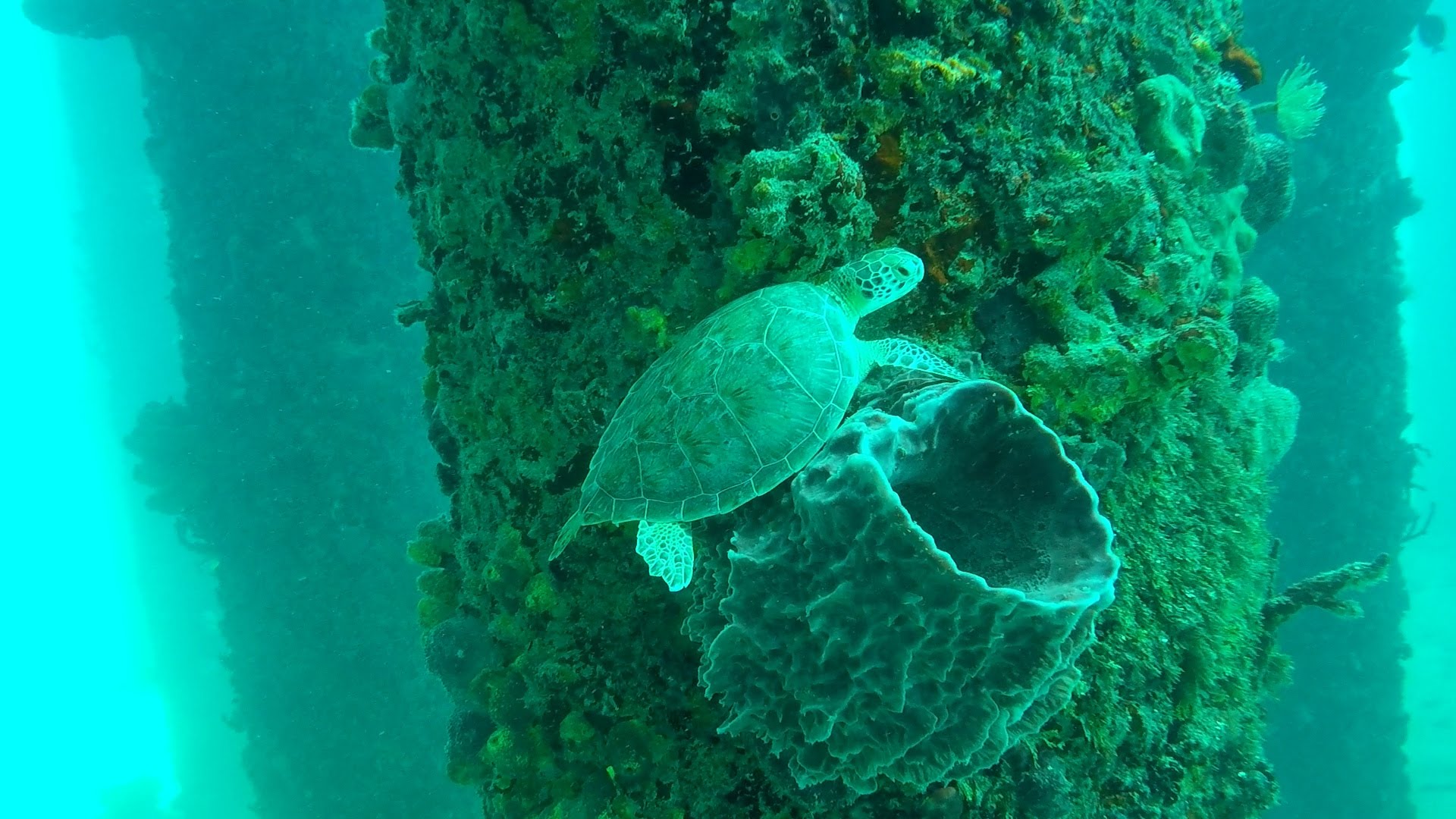
The following is a GPT-4 answer to “learning to Kayak using the Pareto Principle” from 5/2023
The Pareto Principle, also known as the 80/20 rule, states that 80% of results come from 20% of efforts. In other words, focusing on the most crucial aspects of a task can lead to significant progress. To apply this principle to learning whitewater kayaking, it’s essential to identify the critical skills and knowledge areas that will have the greatest impact on your overall performance.
Here’s a step-by-step learning plan for whitewater kayaking using the Pareto Principle:
1. Develop a strong foundation in basic kayaking skills (20% effort, 80% result)
These foundational skills are essential for any type of kayaking, including whitewater:
- Paddling techniques: Forward stroke, reverse stroke, sweep stroke, and draw stroke
- Capsize recovery: Wet exit, T-rescue, and self-rescue techniques like the roll
- Body positioning and edging: Learning to lean and edge your kayak for better control in rapids
- Safety: Understanding and practicing water safety, including the use of personal floatation devices (PFDs) and helmets
2. Focus on whitewater-specific techniques (20% effort, 80% result)
After mastering the basics, concentrate on these essential whitewater kayaking skills:
- Ferrying: Moving your kayak across the current without losing ground downstream
- Eddy turns: Entering and exiting eddies to rest or change direction
- Peel-outs: Exiting an eddy into the current while maintaining control
- Bracing: Using your paddle and body position to avoid capsizing in rough water
- Reading the river: Identifying hazards like rocks, holes, and strainers, and recognizing safe lines through rapids
3. Practice in progressively challenging environments (20% effort, 80% result)
Gradually increase the difficulty of the rivers and rapids you paddle to build your skills and confidence:
- Start with Class I and II rapids: Easy, straightforward rapids with small waves and few obstacles
- Progress to Class III rapids: Moderate rapids with larger waves, holes, and more precise maneuvering required
- When you’re comfortable, consider Class IV and V rapids: Advanced rapids with powerful currents, tight lines, and significant hazards (only attempt these with proper training, experience, and guidance)
4. Learn from experienced paddlers (20% effort, 80% result)
Tap into the knowledge and expertise of experienced whitewater kayakers:
- Join a local paddling club or meetup group
- Take a whitewater kayaking course or workshop
- Participate in guided trips or paddling festivals
- Watch instructional videos and read articles from reputable sources
5. Consistently practice and refine your skills (20% effort, 80% result)
Regular practice is key to improving and maintaining your whitewater kayaking abilities:
- Schedule regular paddling sessions, ideally with a group or a partner
- Set specific goals for each session, such as mastering a particular technique or running a challenging rapid
- Reflect on your experiences and identify areas for improvement
- Stay up-to-date on industry trends, gear, and best practices
By focusing on these critical areas and applying the Pareto Principle, you’ll make significant progress in your whitewater kayaking skills while using your time and energy efficiently.


